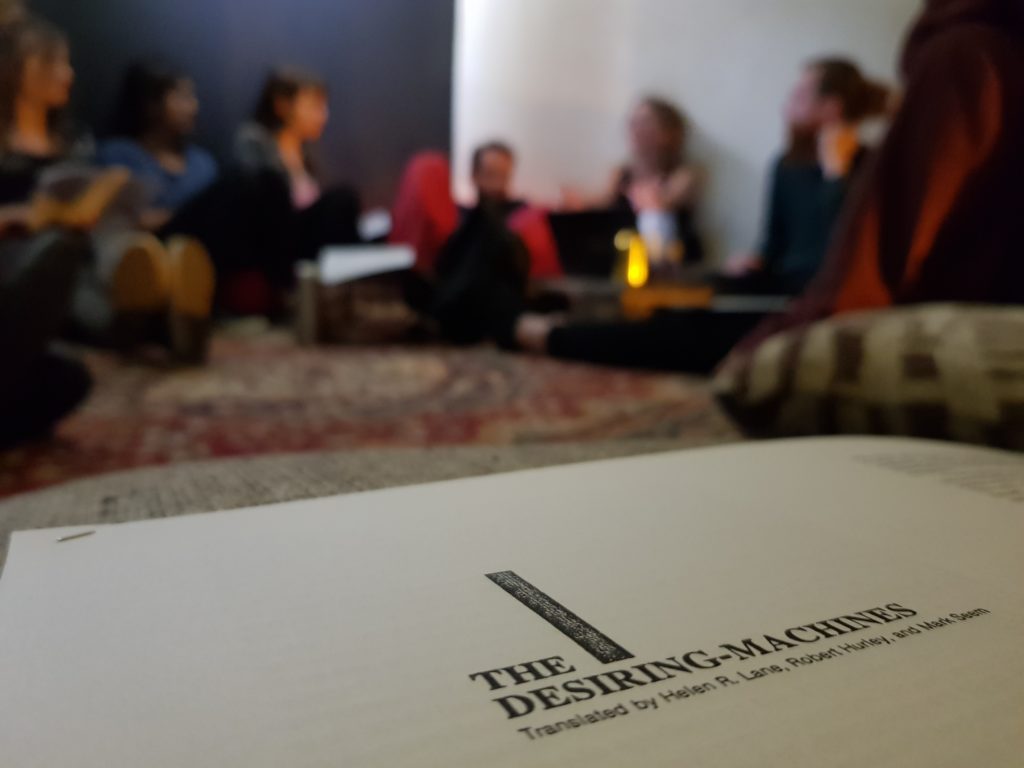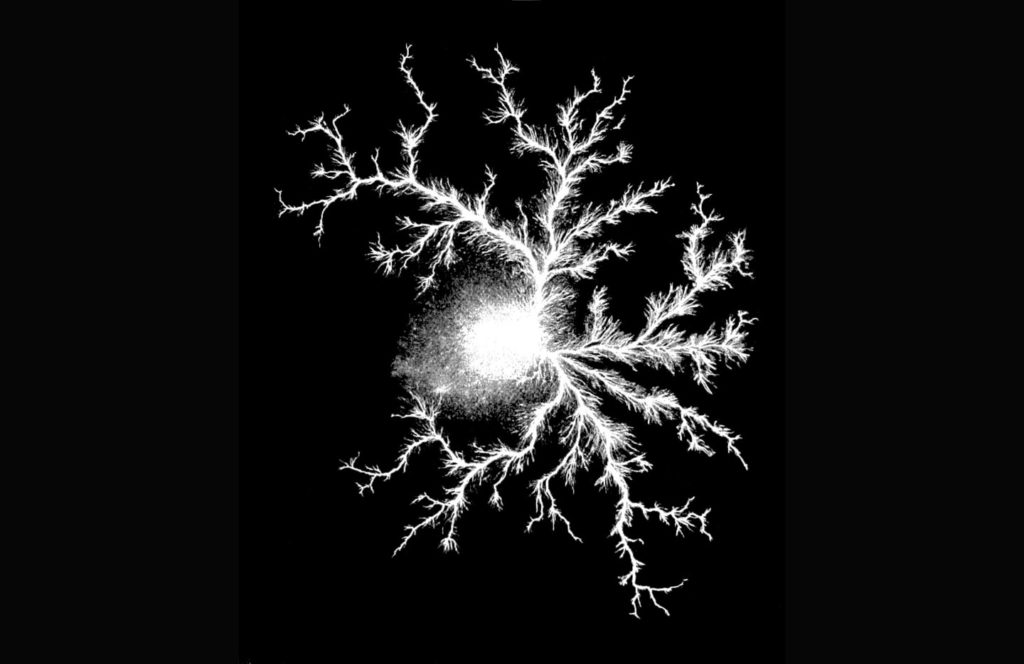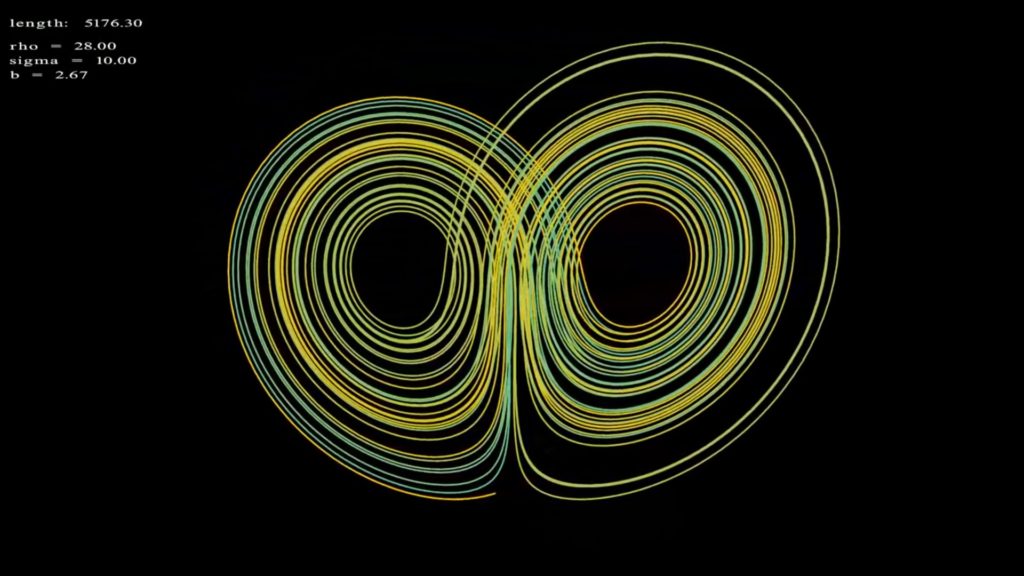Chaosmos invited to a series of talks and open discussions on the philosophy of chaos conducted by Hannes Schumacher:
In their final book What is Philosophy?, Gilles Deleuze and Félix Guattari refer to orthodox religions as umbrellas of protection against the threatening forces of chaos; philosophy, science and the arts, on the other hand, are able to cut ruptures in these skeletal structures, as to offer us a glimpse at the pure light.

Magnum Chaos, wood-inlay by Giovan Francesco Capoferri, Basilica di Santa Maria Maggiore, Bergamo
If – as the most ancient cosmologies suggest – not Logos but Chaos is the first principle of existence, how are we to conceive of present movements in contemporary philosophy such as Object Oriented Ontology or Speculative Realism? Will we be able to create a cross-cultural, cross-disciplinary philosophy of chaos that closes the apparent gap between constructivist humanities and the naive realism of the natural sciences? And what, after all, is the essential role of chaos in the creation of an authentic work of art?
Our series of talks and open discussions explored these lines of thought through space and time, on multiple interlinked levels such as mythology, ontology, chaos theory, aesthetics, schizoanalysis and mysticism …
Sessions:
– Introduction
– Mythology of Chaos
– Desiring Machines: intermission on Deleuze & Guattari (with Małgorzata Suś)
– Realism, New Materialism, Mysticism (2 sessions)
– Dialectics of Difference: Hegel vs. Deleuze
– The Butterfly Effect: iteration, strange attractors, autopoiesis
– Chaos in the Arts: monstrosity and the grotesque (with Katerina Rotoli)
– Genius and Madness

Become Intense, Become Animal: performer Małgorzata Suś
Photo credits: Mariusz Michalik


Desiring Machines: intermission on Deleuze & Guattari (with Małgorzata Suś) – photo credits: Evgenia Giannopoulou

Record of a positive discharge of electricity, from Timothy Morton’s article Subscendence, published in e-flux #85 (2017): The whole is always less than its parts.

The Lorenz Attractor has not only one but two culmination points and , thus, proceeds infinitely. All dynamic systems, this way, may be explained by differential dialectics.

Cave of Lascaux, southwestern France. The term ‘grotesque’ draws back to the Italian ‘grotte’ (‘cave’) due to the hybrid paintings found in Nero’s Domus Aurea. / with Katerina Rotoli
~~~
Hannes Schumacher is a philosopher, artist and a member of the Vandaloop collective, founder of the Berlin-based publishing house for philosophy and art Freigeist Verlag and co-founder of Chaosmos ∞. Currently, he writes his PhD on the concept of Chaos in philosophy, science and the arts at the University of the Arts Berlin.
Katerina Rotoli is a multimedia artist and performer focusing on Metamorphosis, Chaos, and the Grotesque. She holds degrees in Graphic Design and in Fine Arts in Athens (GR). Since 2014, she organized a series of sound interventions and performances in Berlin and participated in several group exhibitions. She is co-founder of the art space Chaosmos ∞ and member of the artistic collective Vandaloop.
Małgorzata Suś is currently working as an artist in residence and a curator of the dance program in AGITLAB in Agueda, Portugal:
https://agitlab.wordpress.com/. She regularly collaborates as a choreographer and dancer with body painter Vilija Vitkute, with filmmaker Vanessa Fernandes, musician Pedro Pestana, and others. She performed and gave workshops at several festivals. https://malgosiasus.wordpress.com
Related projects: